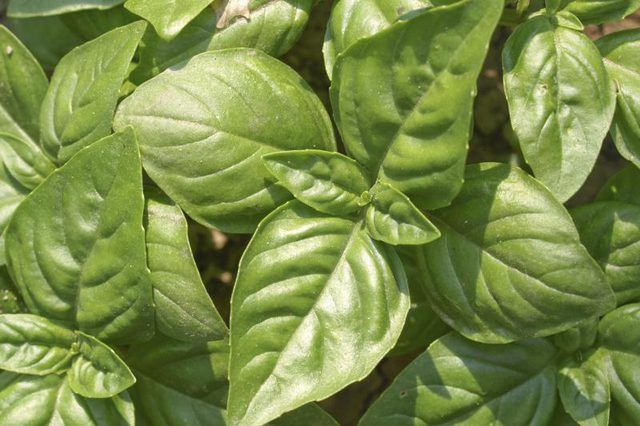Bulbs
Flower Basics
Flower Beds & Specialty Gardens
Flower Garden
Garden Furniture
Garden Gnomes
Garden Seeds
Garden Sheds
Garden Statues
Garden Tools & Supplies
Gardening Basics
Green & Organic
Groundcovers & Vines
Growing Annuals
Growing Basil
Growing Beans
Growing Berries
Growing Blueberries
Growing Cactus
Growing Corn
Growing Cotton
Growing Edibles
Growing Flowers
Growing Garlic
Growing Grapes
Growing Grass
Growing Herbs
Growing Jasmine
Growing Mint
Growing Mushrooms
Orchids
Growing Peanuts
Growing Perennials
Growing Plants
Growing Rosemary
Growing Roses
Growing Strawberries
Growing Sunflowers
Growing Thyme
Growing Tomatoes
Growing Tulips
Growing Vegetables
Herb Basics
Herb Garden
Indoor Growing
Landscaping Basics
Landscaping Patios
Landscaping Plants
Landscaping Shrubs
Landscaping Trees
Landscaping Walks & Pathways
Lawn Basics
Lawn Maintenance
Lawn Mowers
Lawn Ornaments
Lawn Planting
Lawn Tools
Outdoor Growing
Overall Landscape Planning
Pests, Weeds & Problems
Plant Basics
Rock Garden
Rose Garden
Shrubs
Soil
Specialty Gardens
Trees
Vegetable Garden
Yard Maintenance
Pest Control for Basil
Pest Control for Basil. Basil (Ocimum basilicum), an herbal shrub that thrives in U.S. Department of Agriculture plant hardiness zones 4 through 10, is prized for its flavorful foliage. And you're not the only one who enjoys the taste of basil -- several pests, ranging from hungry insects to ugly foliar fungi, may show up on your basil plant in...

Basil (Ocimum basilicum), an herbal shrub that thrives in U.S. Department of Agriculture plant hardiness zones 4 through 10, is prized for its flavorful foliage. And you're not the only one who enjoys the taste of basil -- several pests, ranging from hungry insects to ugly foliar fungi, may show up on your basil plant in search of a meal. Keep such problems at bay with tried-and-true basil pest remedies.
Slugs and Snails
Slugs and snails may attack your basil shrub, especially if it's a young plant with low-hanging branches. When this happens, you'll notice jagged holes in the basil leaves, as well as the telltale slime trail left behind by these slithering pests. If you notice a slug actively feeding on your plant, pluck it off by hand and drop it into a dish of soapy water to kill it. For active defense, sprinkle a 1/2-inch-wide ring of diatomaceous earth around each basil plant. This powder's crystals have tiny, sharp edges that cut any slug that dares slide over it, causing dehydration and death to the pest.
Aphids and Whiteflies
Aphids and whiteflies are some of the most common soft-bodied insects that might make their home on your basil. Aphids appear as tiny brown, green, black, yellow or red dots on your basil's leaves and stems, and they suck the fluids out of the plant and leave behind withered or dead leaves. Whiteflies are powdery, white flying insects that tend to cluster on the undersides of leaves. Both pests can often be sufficiently controlled with strong blasts of water from your garden hose every morning, effectively reducing the insect populations to levels too low to cause much harm. If this doesn't work, try an insecticidal soap. Mix 4 teaspoons of dish soap in a quart of water, and mist it on all affected areas of your basil. Repeat the soap application once every seven days until the problem subsides.
Japanese Beetles
Japanese beetles usually only appear in the hottest summer months and feed on the edges of leaves; as a result, the leaves are left looking like lace. In some cases, the infestation is so limited that you can easily pick off the beetles and crush them underfoot to control the problem. For heavier infestations, put a dish of soapy water under your basil and shake the shrub -- the beetles will fall off the leaves and into the soapy water to die. Finally, you can mist a soapy concoction consisting of 4 teaspoons of dish soap in a quart of water to directly kill Japanese beetles on your herbs. Repeat the spraying weekly until beetles are no longer an issue.
Fungi Growth
If you notice black, brown or gray growths or discoloration on your basil's leaves and stems, you have a pest problem with fungi. That includes downy mildew, leaf spots and mold. Change your irrigation practices so you're only watering your basil at its base instead of sprinkling the water from overhead. This keeps the leaves dry and kills the moisture-loving fungi. Additionally, prune your basil lightly to allow more sunlight and air to hit all parts of the plant.